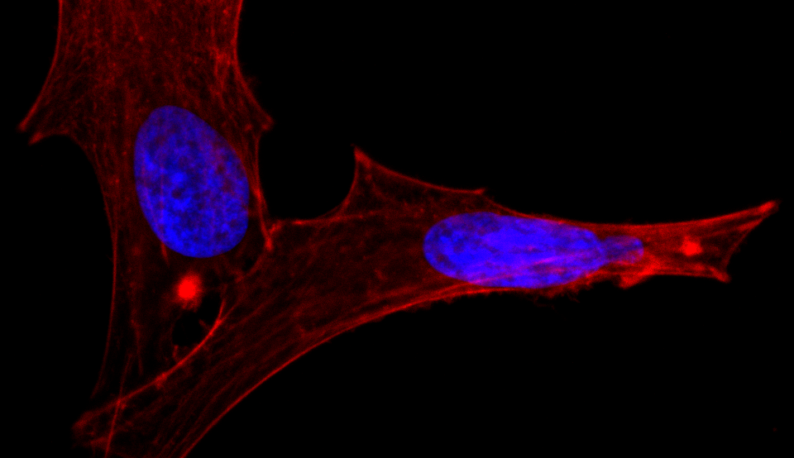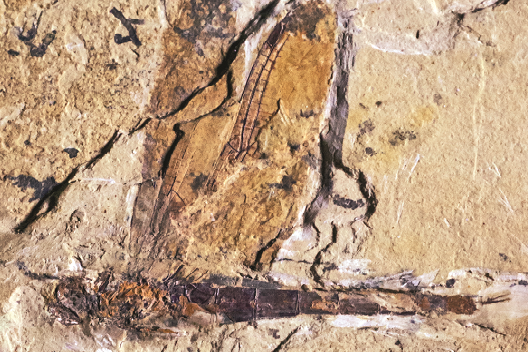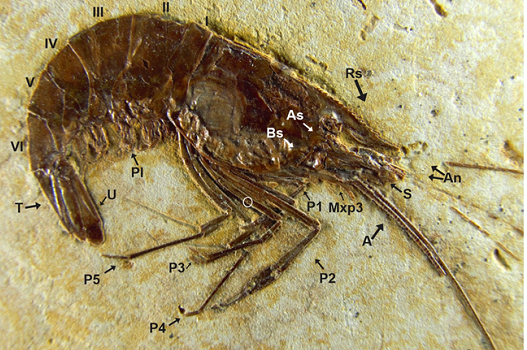Important scientific findings can result from the combination of physics and biology. For example, when associating these two fields, it is possible to better understand how human cells work, and how their mechanical behavior and their biological functions are related, which could result in further research on ways to fight diseases such as cancer.
This means that factors like viscoelasticity, which is an important physical characteristic of the cell, is connected to how these units act in the organism, through processes such as cell migration and invasion. This is the premise of the research developed at the Federal University of Ceará and published in Scientific Reports, which is a part of Nature, one of the world’s leading multidisciplinary science journals.
The study analyzed 12 different cell lines, most of which were human cancer cells (colon, gastric, breast, prostate, and kidney cancers), but there were also healthy cells from humans and mice. The same behavior pattern was observed in all of them, regarding mechanical responses.
To understand what exactly these responses are, think of viscoelastic materials, which are those that present both solid and liquid characteristics, such as memory foam pillows. When we put some pressure on them, it is easy to see how they first get deformed then gradually return to their initial shape, and that is what characterizes the relaxation phenomenon.
The responses of the analyzed cells are represented by two exponents: the fast, which at first dominates the relaxation; and the slow, which controls behavior over longer periods of time. This does not mean that all existing cells behave the same way, but all the 12 cell lines studied in this research do, which is a good starting point for future work with other lines.
Understanding this pattern is important because, when in vivo, cells are always exposed to external interference, consequently, new methods can be developed to control these exponents and manipulate cell behavior, using physical aspects to determine biological functions.
“Going forward, our work can be important to propose biochemical interventions that change their mechanical properties, also changing their motility [movement capacity]”, Claudio Lucas Nunes de Oliveira, a professor at the UFC Physics Department and one of the authors of the article, estimates. “We can contemplate a treatment that prevents the metastasis of cancer cells, for example.”

One possibility is to study ways to interfere in the dynamics of the cell’s cytoskeleton, which is where the slow-response exponent originates. “There are several substances capable of altering the behavior and structures of these organelles. Now, we must learn how to handle these substances with the goal of changing the mechanical exponents in a controlled manner”, the professor told Agência UFC.
Proceeding with cancer cells as an example, the possibility of preventing a process such as metastasis (which is when the cancer spreads and affects other organs) could occur because these units depend on certain mechanical characteristics, so any changes to this aspect would work, in practice, as a way to interfere with how the cell moves and invades the parts of the body.
This possibility was already approached in another research, also developed at UFC, which found that cancer cells were less rigid, facilitating their locomotion through the blood vessels and their spreading to new organs when crossing the vessel walls.
This new study allows a better understanding of this complex cellular mechanism by considering the factor of cell response time as directly connected to cell migration and invasion.
TOP 100
The researchers developed the article “Double power-law viscoelastic relaxation of living cells encodes motility trends”, which is available in Nature’s Scientific Reports. The study’s international success granted the publication a place in the top 100 most accessed articles in the journal’s section for physics works.
“The fact that this article features among the 100 most read of 2020 in the physics section of Scientific Reports, an important and multidisciplinary open-access journal, shows that the quality work we do here at UFC is drawing the attention of the international scientific community,” is what Professor Claudio asserts.
The research was funded by the Instituto Serrapilheira and the Fundação Cearense de Apoio ao Desenvolvimento Científico e Tecnológico (FUNCAP). “It was thanks to these funds that we inaugurated, in 2019, the Laboratory of Biological Physics at the UFC Physics Department to study problems that are in between the fields of physics, biology, and biomedicine, as well as in other soft materials, utilizing experimental, computational and analytical tools”, the researcher explains.
Also participating in the study are Professor Jeanlex de Sousa and researcher Felipe Sousa, from the UFC Physics Department; Professor Márcio Ramos and researcher Ayrles Silva, from the Department of Biochemistry and Molecular Biology; Professors Raquel Montenegro and Maria Elisabete Moraes, and researcher Felipe Pantoja Mesquita, all three of them from the UFC Drug Research and Development Center (NPDM); and Rosa Freire, the technical administrative assistant of UFC’s Analytical Center.
There is also collaboration with Professor Manfred Radmacher, from the Institute for Biophysics of the University of Bremen, in Germany; and Ana Cristina de Oliveira Monteiro Moreira, from the Experimental Biology Center of the University of Fortaleza (UNIFOR).
The full article published in Nature’s Scientific Reports is available here.
Source: Professor Claudio Lucas Nunes de Oliveira, from the UFC Physics Department – lucas@fisica.ufc.br
Translation: Isabelly Maia – Research Assistant at UFC’s Translation Laboratory (LETRARE/PROINTER)





